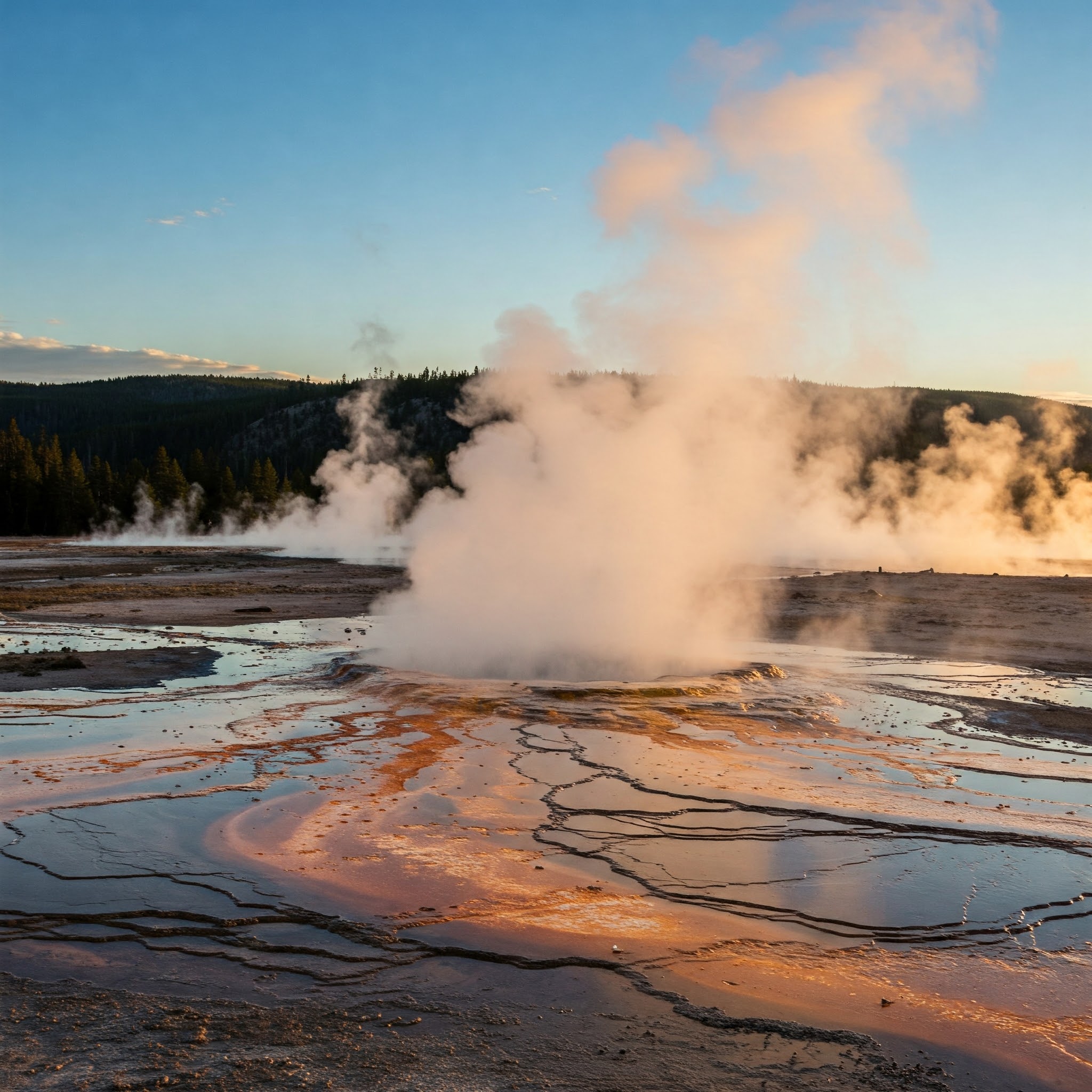Geothermal Energy
Geothermal Advantages and Disadvantages | |
|---|---|
| Advantages | Disadvantages |
|
|
 Geothermal energy is a form of renewable energy that is generated by harnessing the natural heat from within the Earth. This heat comes from the decay of radioactive materials in the Earth's core and the residual heat from the planet's formation. Geothermal energy is a valuable part of the renewable energy mix, particularly in regions where it's geographically feasible. However, the associated challenges must be carefully managed to maximize its benefits.
Geothermal energy is a form of renewable energy that is generated by harnessing the natural heat from within the Earth. This heat comes from the decay of radioactive materials in the Earth's core and the residual heat from the planet's formation. Geothermal energy is a valuable part of the renewable energy mix, particularly in regions where it's geographically feasible. However, the associated challenges must be carefully managed to maximize its benefits.
Key Points about Geothermal Energy
Heat Source - The Earth's core is extremely hot, with temperatures reaching up to 9,000°F (5,000°C). This heat radiates outward through the layers of the Earth, warming the rocks and water in the Earth's crust.
Geothermal Reservoirs - These are areas where heat is concentrated and trapped beneath the Earth's surface. They can be natural hot springs, geysers, or underground reservoirs of hot water and steam.
Geothermal Power Plants - These plants convert geothermal energy into electricity. They typically use one of three methods:
- Dry Steam - The oldest type of geothermal power plant, which uses steam directly from a geothermal reservoir to turn turbines and generate electricity.
- Flash Steam - This type pulls high-pressure hot water from the ground, allowing it to flash into steam, which is then used to drive turbines.
- Binary Cycle - This method uses moderately hot geothermal water to heat a secondary fluid with a lower boiling point than water, which then vaporizes and drives a turbine.
Direct Use - Geothermal energy can also be used directly for heating buildings, greenhouses, and other applications without converting it into electricity.
Geothermal Heat Pumps - These systems use the relatively stable temperatures just below the Earth's surface to heat and cool buildings. Unlike geothermal power plants, which require high temperatures, geothermal heat pumps can work almost anywhere.

